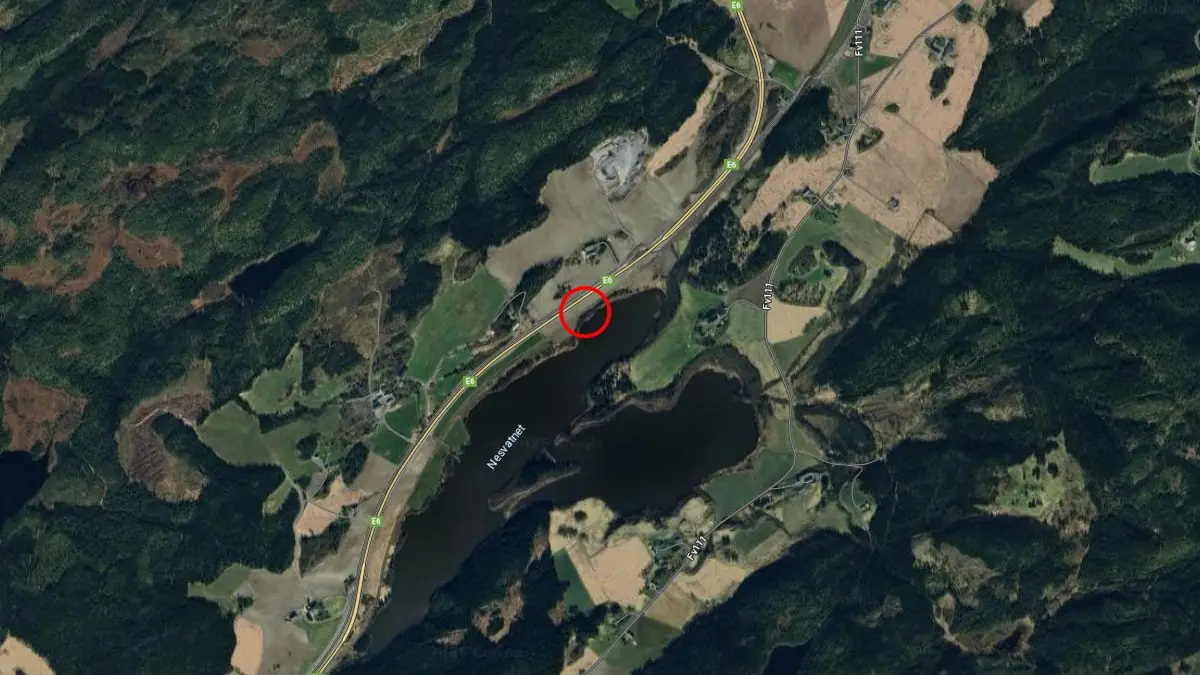A Danish worker remains missing after being caught in the landslide and is presumed dead, according to local police. One other person was earlier confirmed injured.
“The car ended up in the water, but the driver managed to get out and was rescued ashore, and is now at Levanger Hospital,” said police incident commander Terje Bolås.
The E6 is Norway’s most important north–south road, stretching more than 2 600 km (1 600 miles) from southern Sweden to Kirkenes in the far north.
In Levanger, approximately 80 km (50 miles) north of Trondheim, the highway carries an average of 8 400 vehicles per day, serving commuters, long-distance travelers, and freight transport. The Nordlandsbanen railway line, a key regional link, was also damaged in the landslide, exacerbating transport disruptions.
“This is a dramatic situation for transport through the region, and it will affect many, both businesses and private individuals,” said Levanger’s mayor Anita Ravlo Sand.
The closure requires long detours for road traffic between Trondheim and Steinkjer, including for tourists traveling the Kystriksveien coastal route or heading toward the Lofoten Islands and northern Norway.
Via Sweden: East from Trondheim along the E14 through Stjørdal and Meråker, then north through Jämtland to rejoin the E6 at Verdal. This route adds at least 120 km (75 miles) and may involve customs checks.
Via ferry: Cross the Trondheimsfjord on the Flakk–Rørvik ferry near Trondheim, then follow regional road 755 north to reconnect with the E6.
Smaller vehicles may use the old Kongevei (King’s Road) in Levanger, though authorities warn it is unsuitable for heavy traffic. With limited ferry capacity and narrow rural roads, significant congestion is expected.
The disruption occurs during late summer, a peak travel season for domestic and international visitors. The E6 is a key corridor to Norway’s fjords, the Lofoten Islands, Tromsø, and the North Cape.
Travelers in central Norway are advised to allow extra time and consult updates from the Norwegian Public Roads Administration.
Quick clay is a soil type common in central and southern Norway that appears stable but can liquefy suddenly when disturbed by construction, erosion, or water.
Once liquefied, it loses all structural strength, turning solid ground into a fluid mass capable of engulfing infrastructure within seconds.
A similar quick clay landslide in Gjerdrum in 2020 killed 10 people and destroyed dozens of homes.
